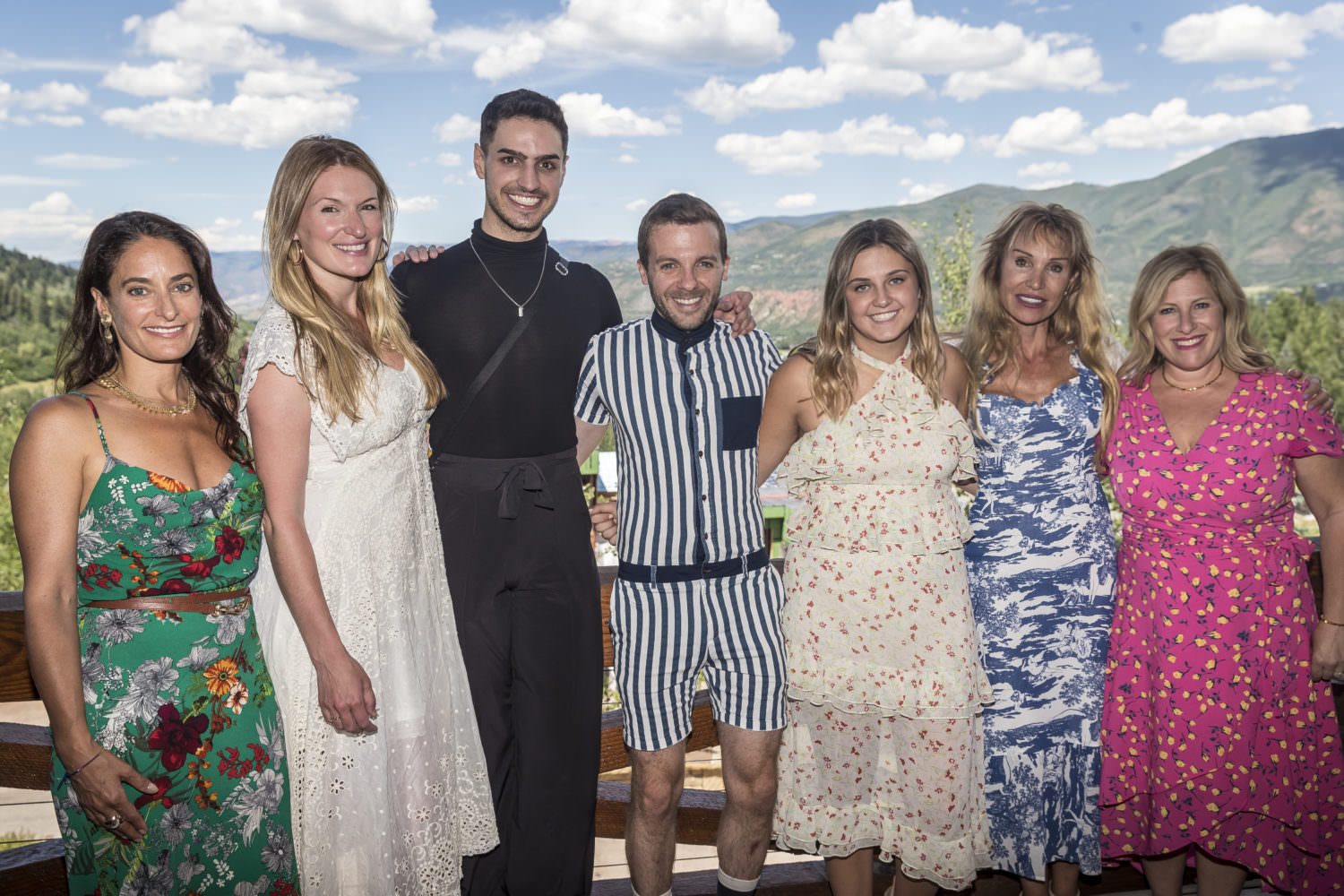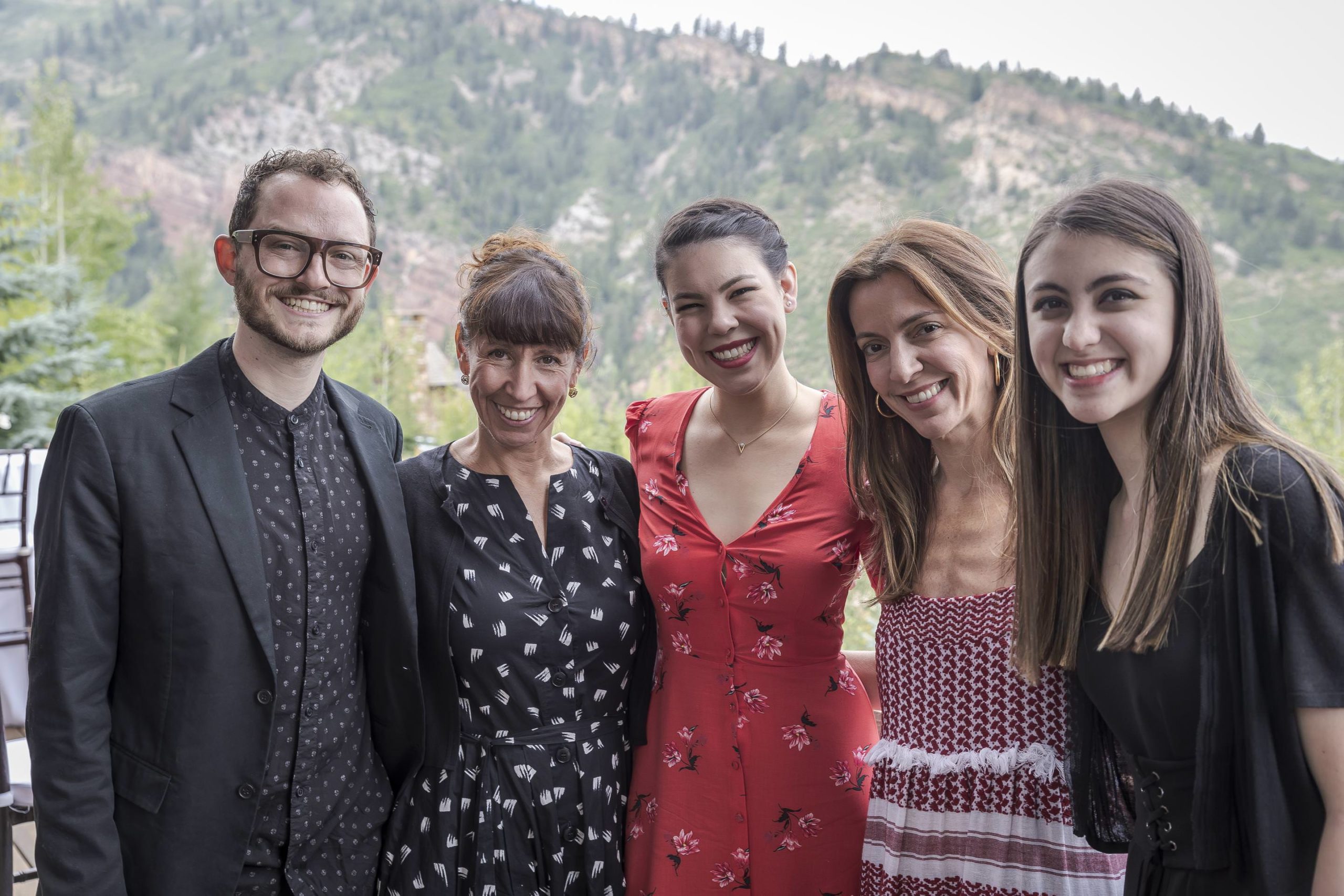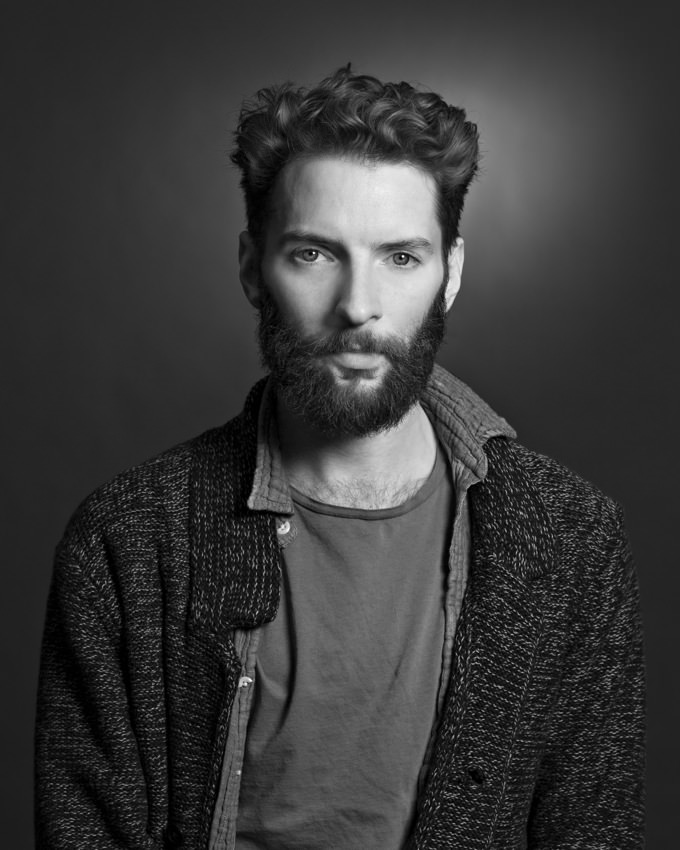Early this year, as it became clear the spread of COVID-19 would reach pandemic proportions, the world as we knew it drastically changed. Across the U.S., states, cities, and counties issued varying degrees of stay-at-home and shelter-in-place orders, aimed to slow the spread of the virus. For some, it started with the closure of non-essential businesses like restaurants and shops, then moved on to non-life-sustaining businesses like schools and transportation services.
Nearly overnight, countless office buildings, restaurants, shops, hotels, galleries, and museums shuttered—at first temporarily for weeks, then months, and a large majority now with no opening date in sight. Unemployment numbers skyrocketed to unprecedented millions. Creatives, often self-employed or supporting themselves through the gig economy, found themselves without a lifeline. Projects were canceled, shows closed early, and exhibitions were postponed indefinitely.
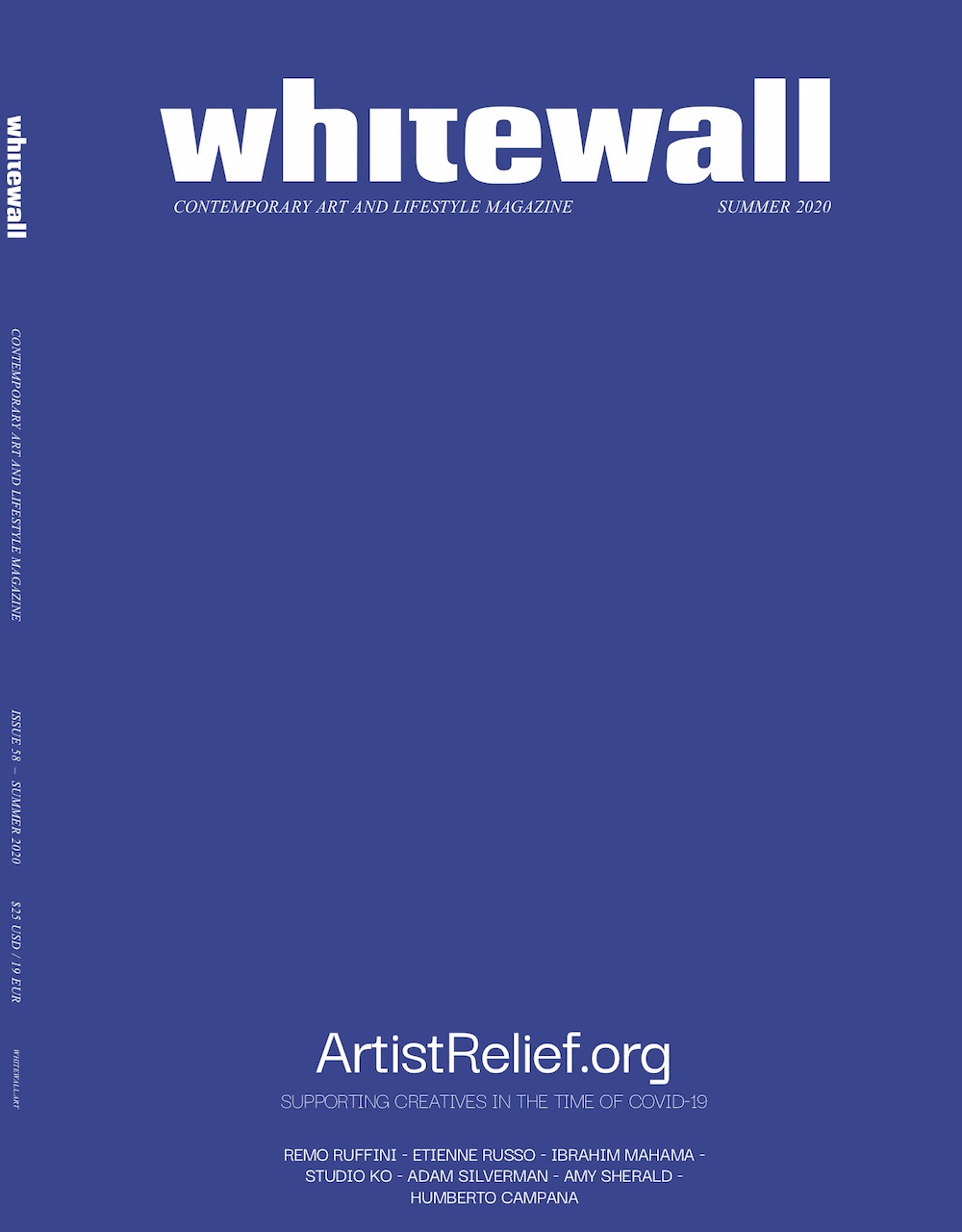
Whitewall’s Summer 2020 Impact issue cover featuring Artist Relief.
In March, Americans for the Arts reported that 95 percent of artists across the country had lost an average of 58 percent of their anticipated 2020 revenue. Plainly, that could mean more than $50 billion dollars of lost income. Early to take action, seven organizations—the Academy of American Poets, Artadia, Creative Capital, Foundation for Contemporary Arts, MAP Fund, National YoungArts Foundation, and United States Artists—united to create Artist Relief, an unprecedented emergency grant that is not meant to be project- or merit-based.
At first, the fund launched with a $10 million donation, with half coming from the Andrew W. Mellon Foundation and the other half from foundations across the United States. “As the very fabric of the ecosystem has come under siege in recent months due to the COVID-19 pandemic, immediate intervention was necessary to safeguard past, present, and future artists,” said Elizabeth Alexander, president of the Andrew W. Mellon Foundation. “Now is the time for others to join our efforts in supporting the artistic visionaries and creative minds who continue to provide, create, and sustain light for generations to come.”
Through September, the initiative is providing $5,000 grants to 100 artists each week who have been financially impacted by COVID-19. Creators of all disciplines from all 50 states that have been living and working in the U.S. for at least two years and are over 21 years old are encouraged to apply online.
“The goal of the emergency fund is to ensure that these artists have a future practice, full stop. There are no conditions on it, in terms of what they do next or where they go from here, and our only hope right now is that they be able to weather this crisis and take care of themselves and their families,” said Suzy Delvalle, president and executive director of Creative Capital.
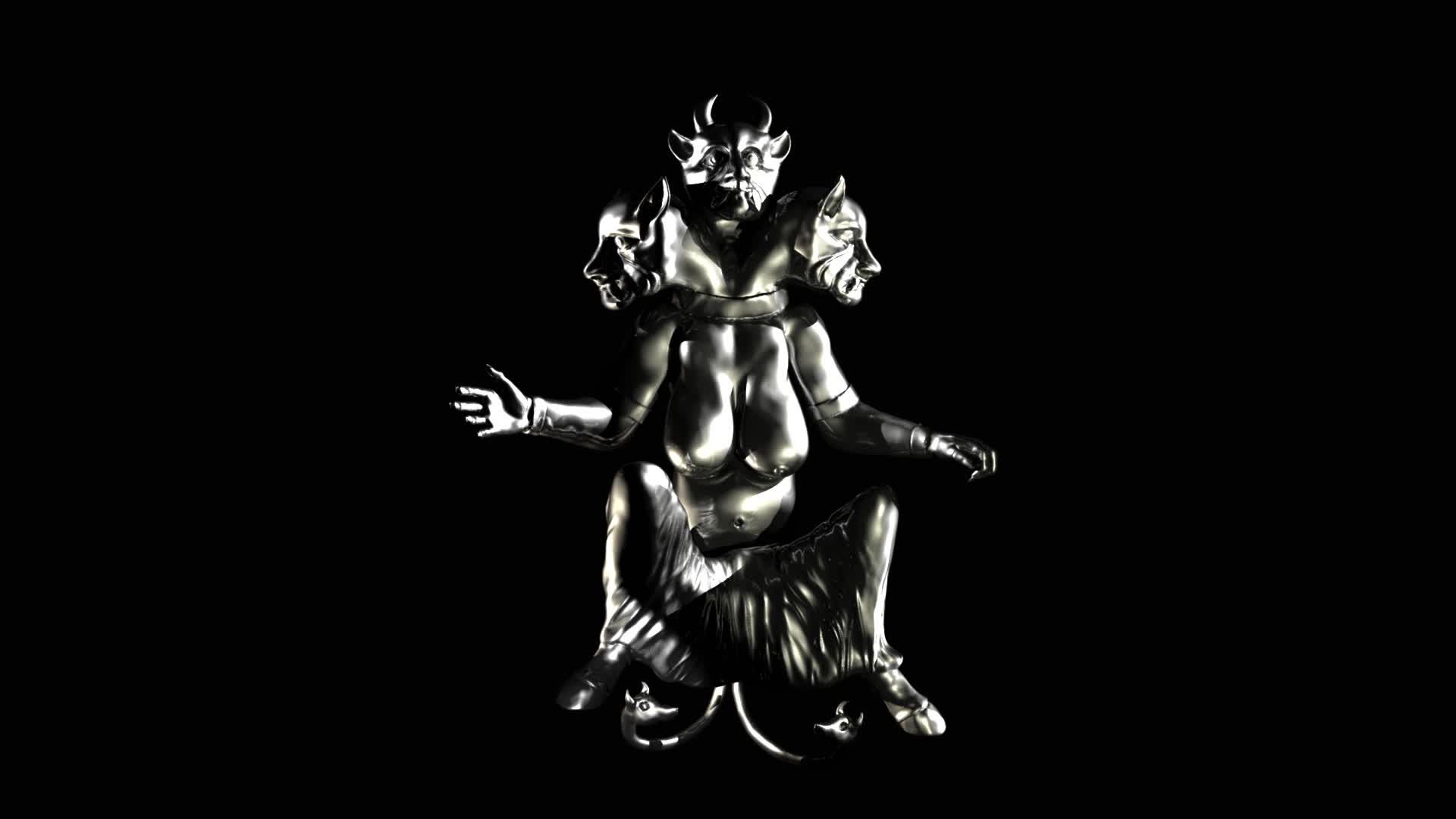
Morehshin Allahyari, “She Who Sees The Unknown: Huma,” 2016, still image from HD video, courtesy of the artist.
Added Jennifer Benka, president and executive director of the Academy of American Poets, “Right now, we need to prioritize helping artists who have lost work meet basic needs. I’m hopeful that we’ll be able to raise more funds so that we might assist many more artists and writers. The need is overwhelming, and we will need their vision and creativity to help lead us forward.”
The low-barrier application process allows an array of artists to simply apply and receive funding for the continuation of their work, rather than work they’ve already made or plan to make in the future. The user-friendly application can easily be accessed, and most artists complete it in under 15 minutes.
“There are no uploads, no work samples, no financial records sought. From the first point of contact, you have removed oppressive signals and signposts that very often in the ‘normal’ grantmaking world prohibit or discourage applicants who don’t have a lot of time and resource to devote to just applying,” said Moira Brennan, executive director of MAP Fund.
With Artist Relief, real assistance goes directly to the artists that make up a large cultural workforce. Without concerts, book tours, gallery openings, there is little to no income. “While Artadia focuses our support on a subset of visual artists and in specific cities, it was imperative that we address the larger needs of the country’s artists with these emergency need-based grants,” said Carolyn Ramo, executive director of Artadia.
So far, there have been over 80,000 applications and more than 1,000 recipients. “We have seen everything from artists who can no longer afford their life-saving medications, individuals worried about feeding their children or elders who are in their care, expecting mothers who have no cash flow or financial safety net, and lots of folks who cannot afford their rent or mortgages,” said Deana Haggag, president and CEO of United States Artists.
The diverse pool of applicants reflects the cultural makeup of our creative community, which is expanding today and hopeful for tomorrow.
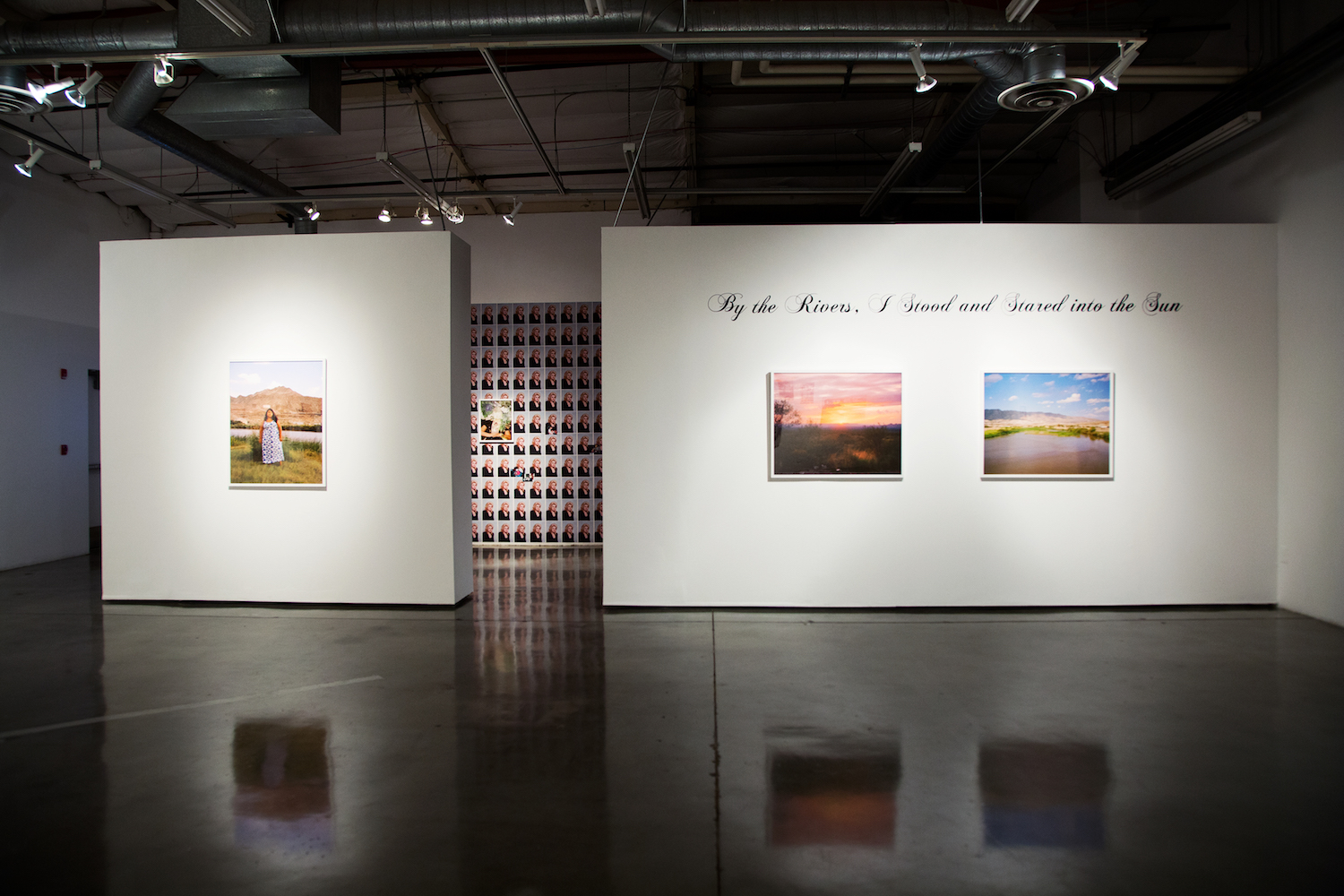
Star Montana, installation view of “By the rivers, I stood and stared into the Sun,” Gayle and Ed Roski Master of Fine Arts Gallery, Los Angeles, CA, courtesy of the artist.
Stacy Tenenbaum Stark, executive director of the Foundation for Contemporary Arts (FCA) adds, “FCA—along with every other small nonprofit arts organization—will absolutely need to think about sustainability for the long-term, but for now all our efforts are being focused on relief and resilience for individual artists.”
One of the awarded artists is Morehshin Allahyari, who moved from Iran to the U.S. in 2007. Her work deals with the political, social, and cultural contradictions we face every day, and aims to connect the world of visual arts, activism, and technology. “I am not using this grant directly to create art,” she said. “This grant is allowing me to pay my bills and to sustain myself for a couple of months, while waiting for gigs and opportunities to open back up slowly.” Over the past five years, she’s sustained her practice as an artist through lectures, performances, workshops, and exhibitions. “Currently, all these in person activities are canceled with no exact time of rescheduling, which has put my life in a very strange unknown place. This grant has truly brought a sense of relief to my life for a short period until I can figure out next steps,” Allahyari explained.
Another artist who receive the grant is Abdu Ali, an American electronic musician, writer, and multidisciplinary artist. Ali primarily works in social practice to interrogate ideas of identity, narrate and promote liberation, and poetically break down oppressive ideologies and systems.
“This grant is giving me space to dream, research, and develop which is one of the most vital processes to art making,” said Ali. “I’m thankful that this grant is helping ease the anxiety I have to just survive and allowing me to have space to become more intimate with my ideas and art.”
For Star Montana, an artist living and working in Los Angeles, the grant has helped her get back on her feet. As a documentary and portrait photographer, she focuses on communities that have been marginalized, disenfranchised, or forgotten. Born and raised in the Boyle Heights neighborhood of L.A., predominantly a Mexican-American area, she makes work that reflects the emerging class, social environments, and identities here—and in her own family. Typically, she’s out documenting fragmented histories, loss, and the hopes of the next generation. But with the pandemic outbreak forcing us inside, she can’t.
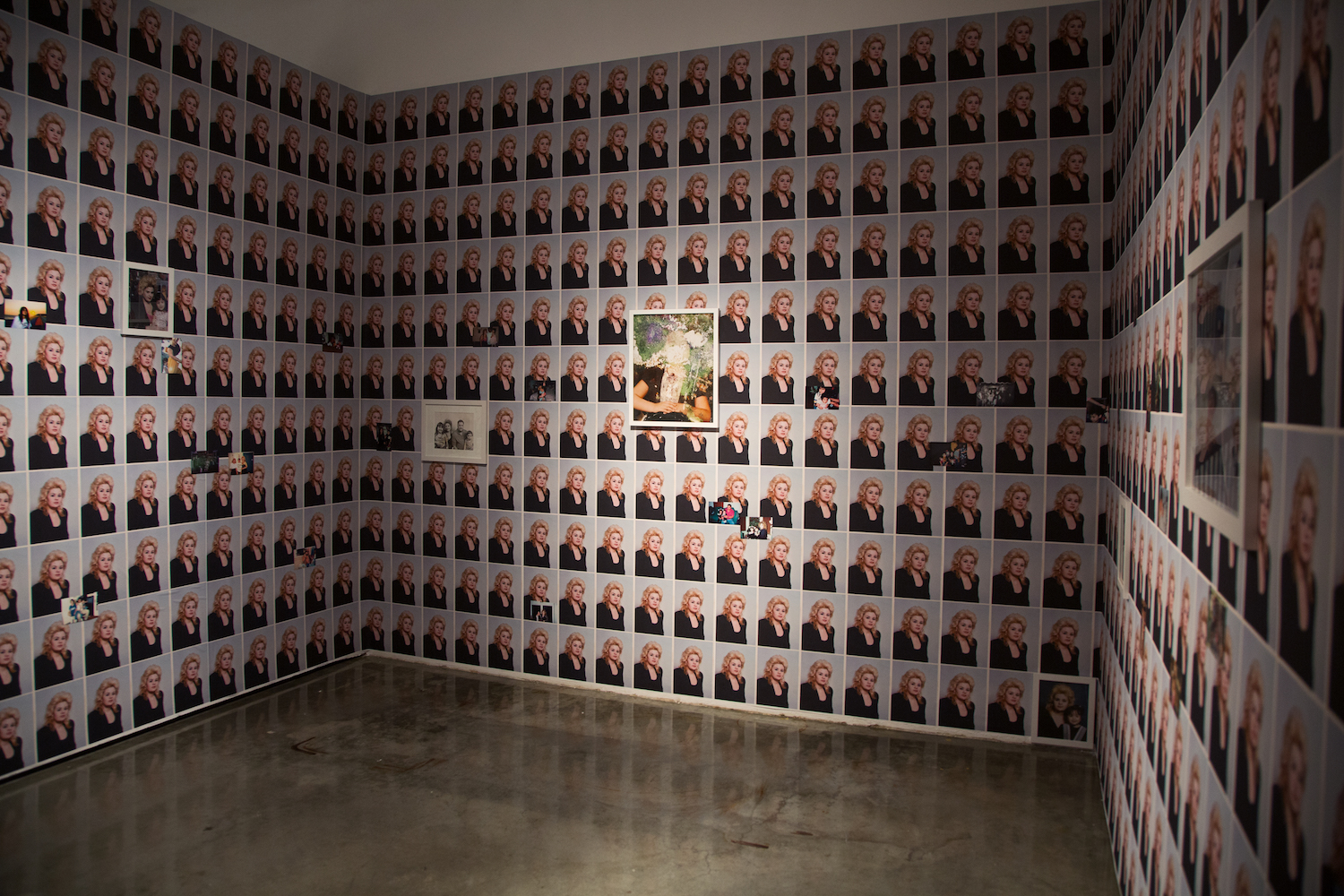
Star Montana, installation view of The Earth Cries for Louisa, Gayle and Ed Roski Master of Fine Arts Gallery, Los Angeles, CA, courtesy of the artist.
“The pandemic has basically stopped my practice. I have a bad immune system, so I can’t go out into the community and photograph people—even one on one, or at a distance. Until there’s a vaccine, I don’t see myself making anything at all. Grants like this are more of a lifeline to me and my family, as I lost 95 percent of my income as a freelance photographer and maker,” she said.
Although we are currently unaware of the economic, political, and social ramifications of the pandemic, the world looks to artists for hope. Creatives of all disciplines are making work in response to the current crisis, leading humanity through this devastating time as they always have.
“This global crisis has made us reexamine our commitment to community, the purpose of arts organizations and foundations, and the role of artists in society,” said Sarah Arison, the chair of the board of National YoungArts Foundation. “The art world we knew is gone. Very few organizations, if any, will come out of this looking the same. The pandemic has also made it painfully clear that artists of all disciplines are some of the most vulnerable members of our society during a public health crisis of this magnitude. Now is the time for the cultural sector to band together.”
For Arison, and the rest of the organizations behind Artist Relief, collaboration and cooperation between institutions is of vital importance. “During this crisis, I have seen firsthand how transformative collaboration can be,” she continued. “If foundations and organizations can continue to use each other’s strengths and to come together to respond to the world around them, we can ensure more support than we could ever imagine on our own, and that support is needed now more than ever.”
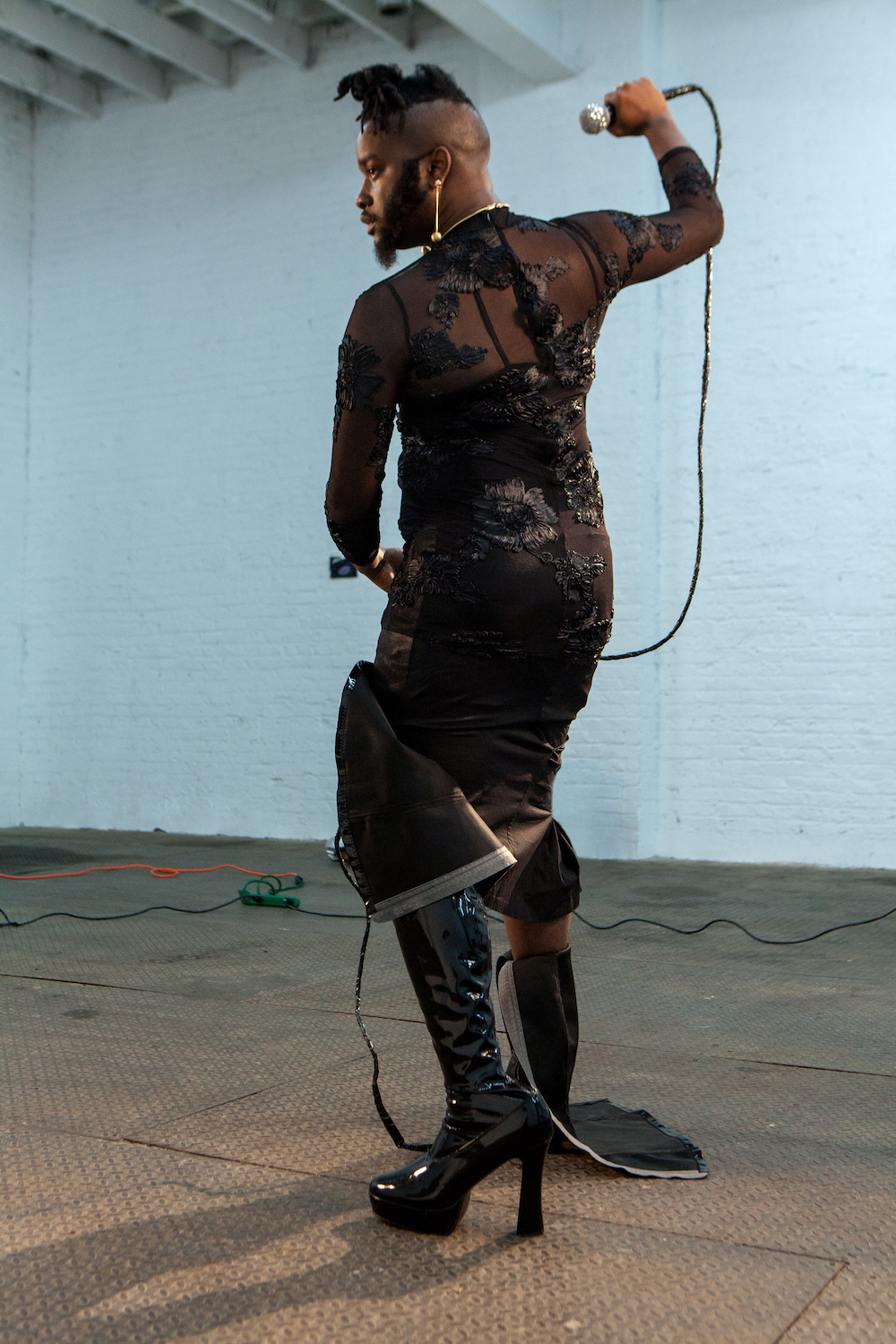
Portrait of Abdu Ali by Elliott Jerome Brown Jr.




